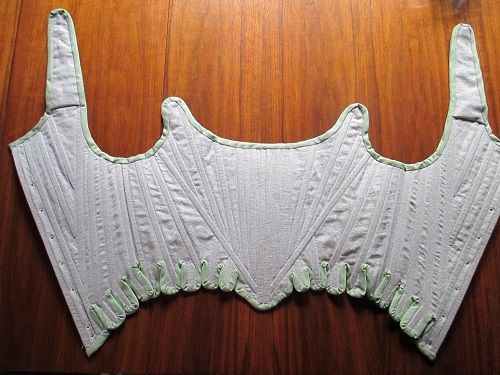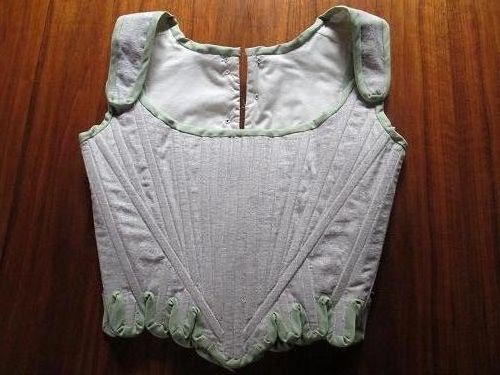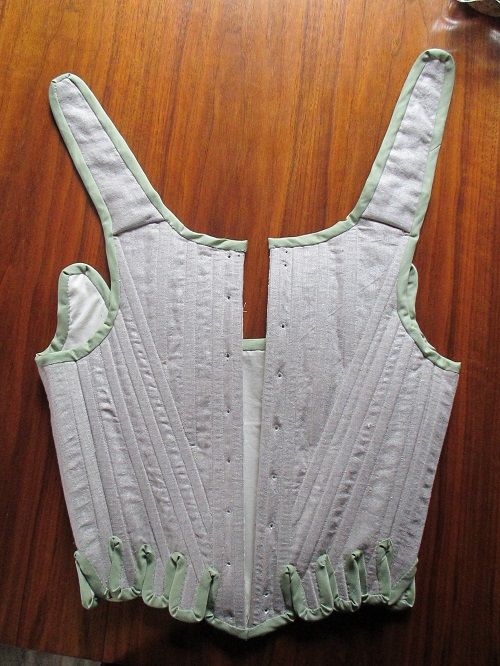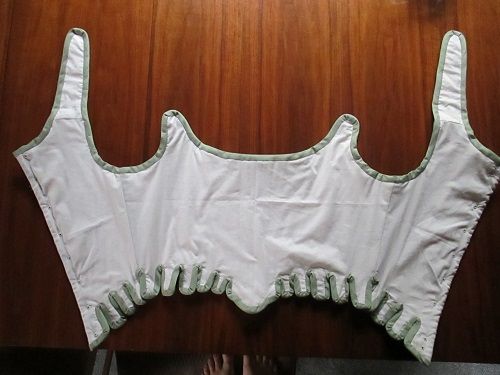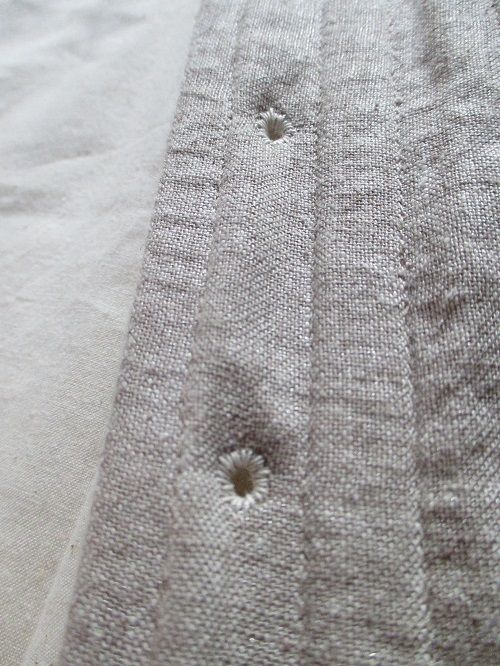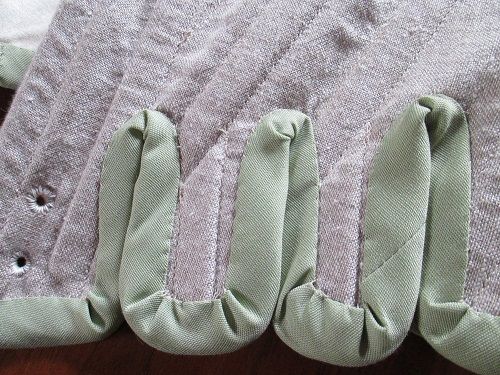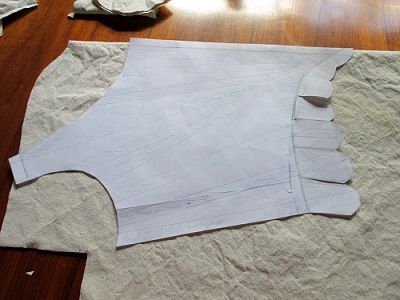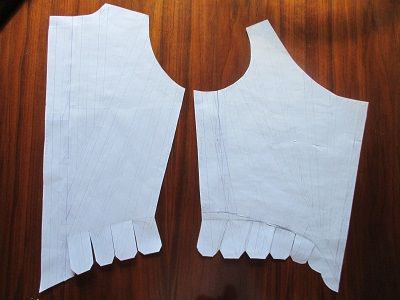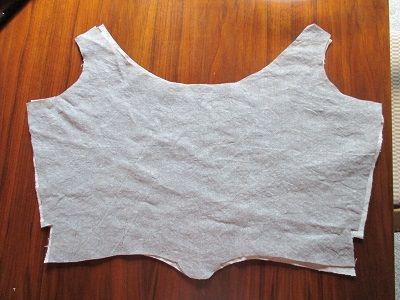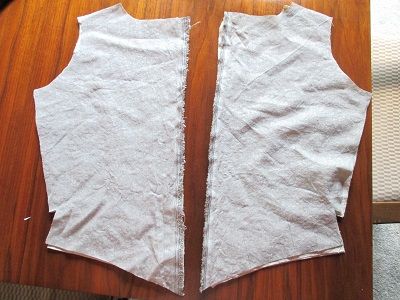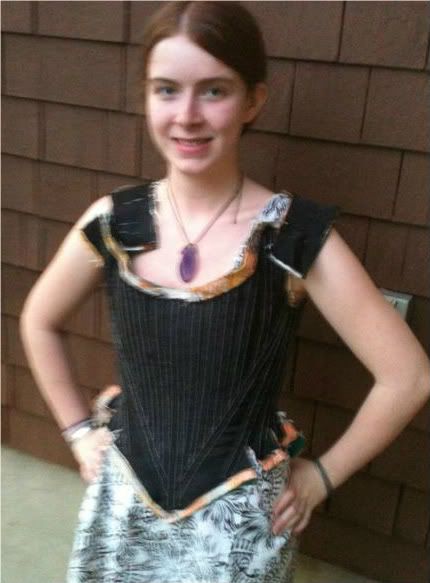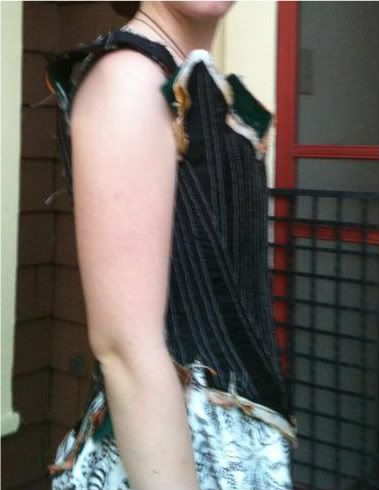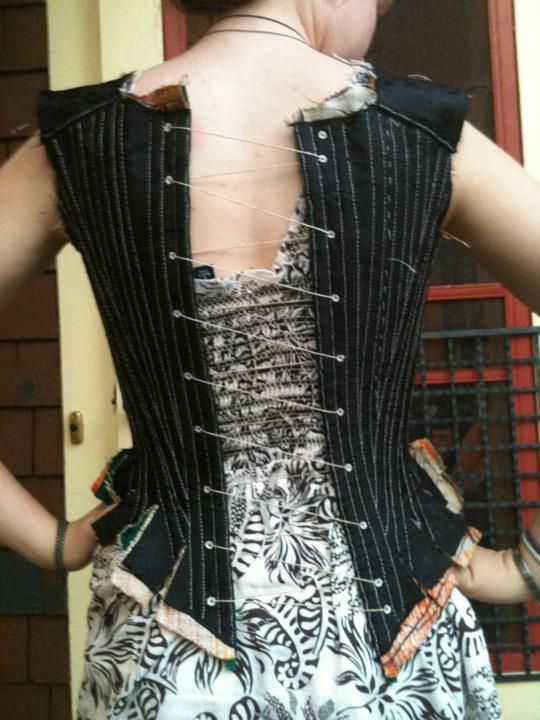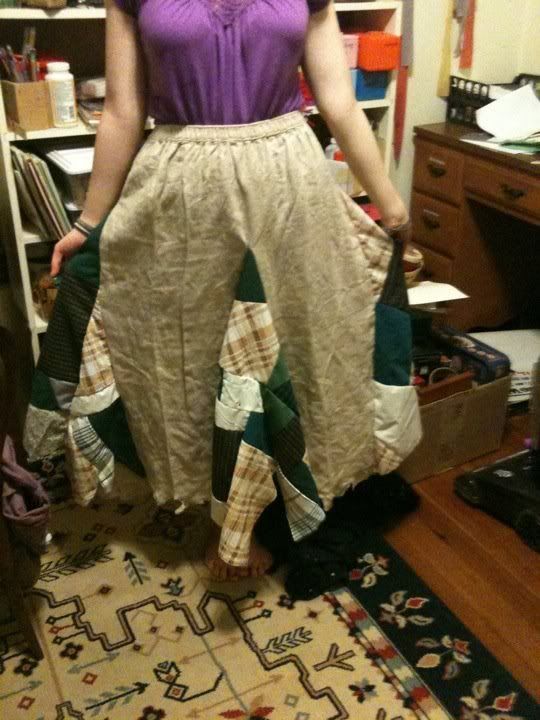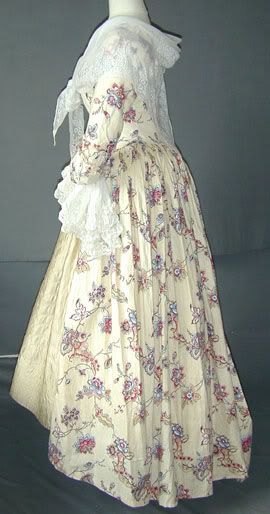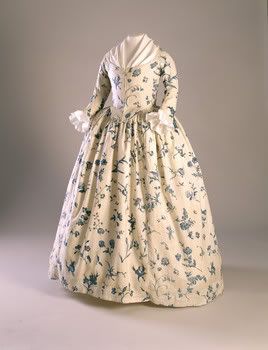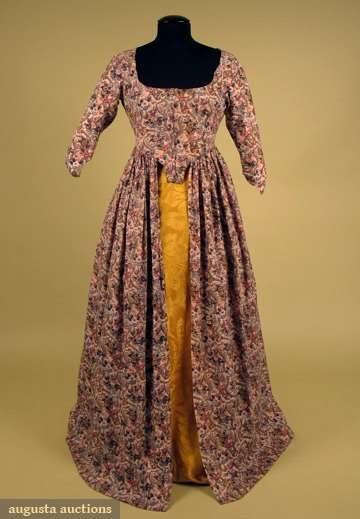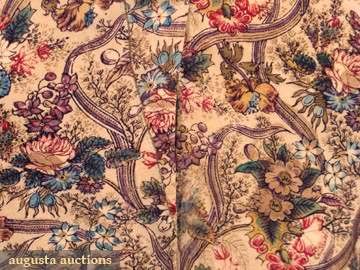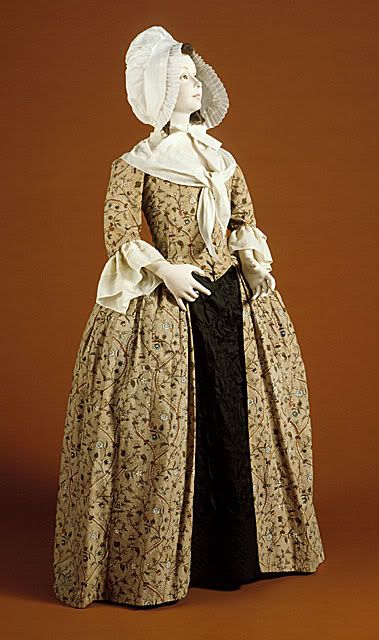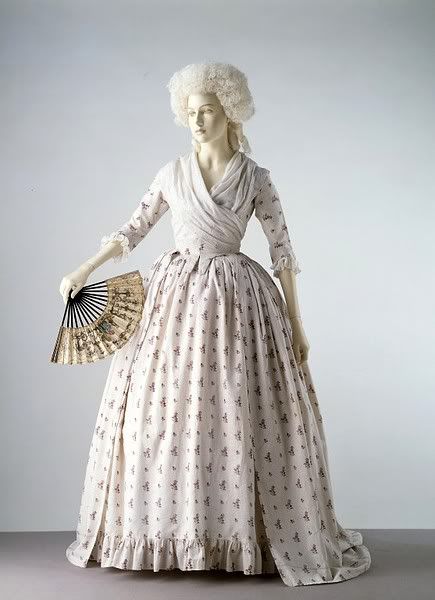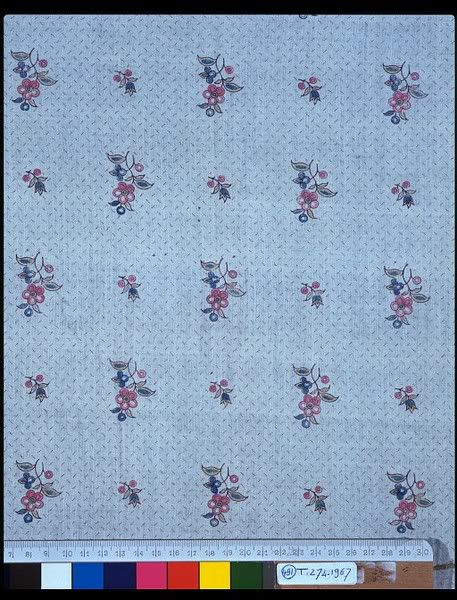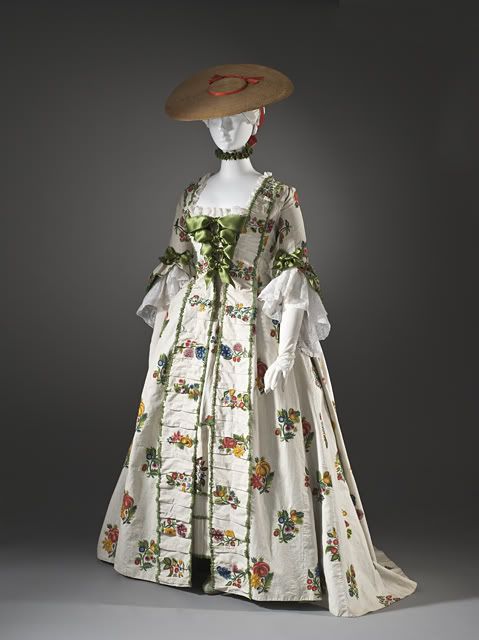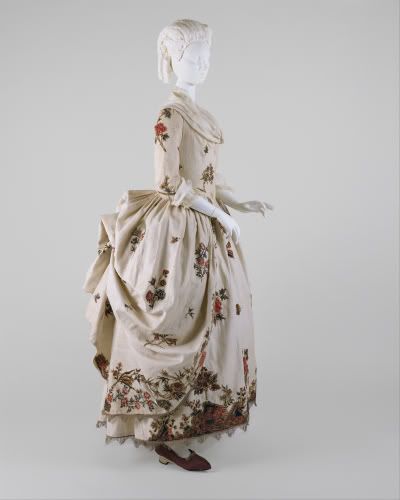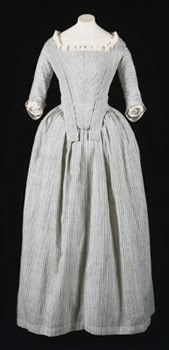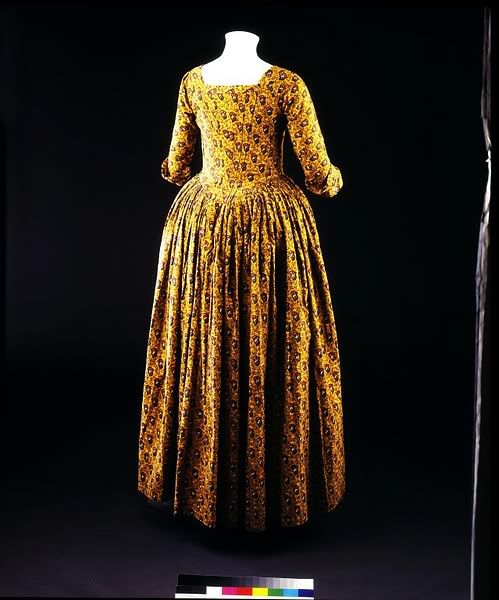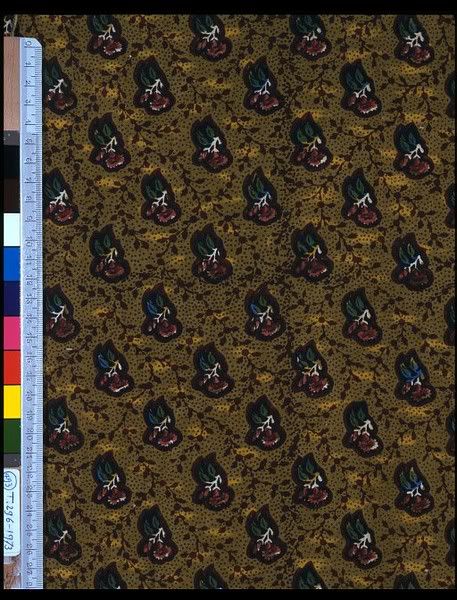Dressing the Tudor Lady
Posted by Taylor [It's a fine life!] at 9:37 PM 0 comments
Labels: art, costume, dresses, finished projects, historical, reference, Tudor
Tan Stays- Finished and Sold!
Sunday, July 28, 2013
Posted by Taylor [It's a fine life!] at 11:31 AM 0 comments
Labels: 18th Century, commissions, corsets, costume, finished projects, historical, stays, undergarments
Beginnings of the Tan Stays
Monday, July 15, 2013
Posted by Taylor [It's a fine life!] at 3:32 PM 0 comments
Labels: 18th Century, commissions, corsets, costume, historical, progress, stays, undergarments
Prom Dresses
Sunday, July 8, 2012
Well, it's been a while. I'm a bad blog owner, I know. But I want to share some things, beginning with my prom dress!
I took inspiration from early 1900's styles, mostly because of the 1912/2012 thing going on this year and all the fashion interwebs going on about the Titanic.
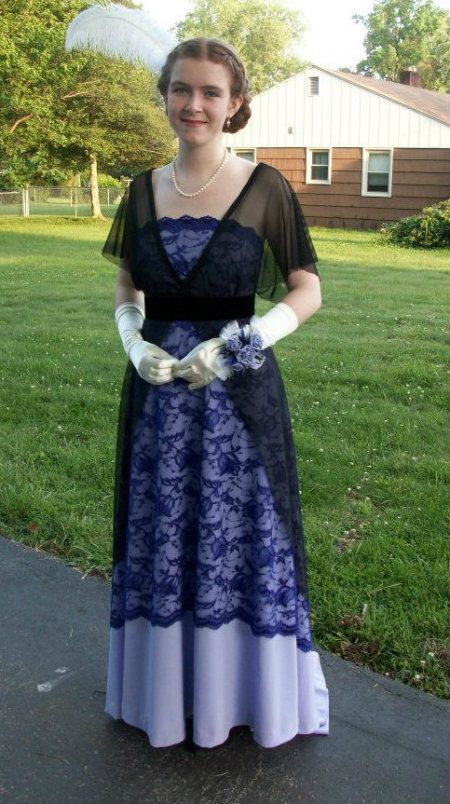
The lace overdress I draped on, it's pretty simple. And the black net, same thing. It didn't come out exactly as planned but I like it. The velvet belt is an heirloom! And I have a wonderful train!
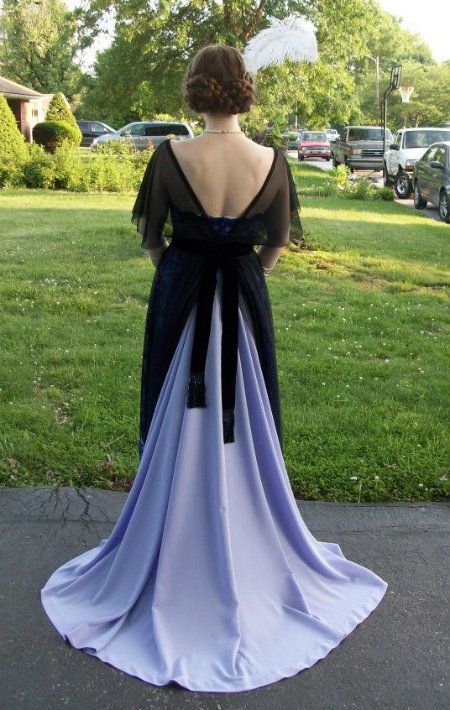 I hemmed all of that by hand.
I hemmed all of that by hand.
I also made the blue dress in the following pictures. It was a commission from the lovely lady wearing it. It was based on a picture of a dress she found online but couldn't buy. The bodice is from a commercial pattern, and I drafted the rest. She's wearing a large floofy petticoat underneath.
We're all sweaty in this picture, it was taken after three hours of dancing! And she has the tulle overlay gathered up because it was pretty long.
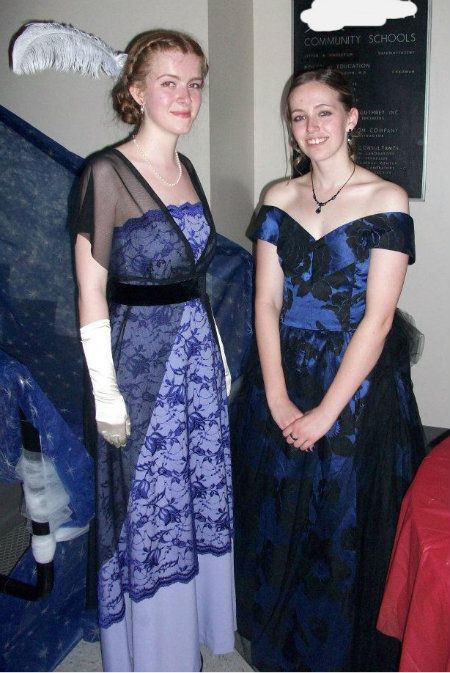 And here she is with her boyfriend. I didn't make his vest.
And here she is with her boyfriend. I didn't make his vest.
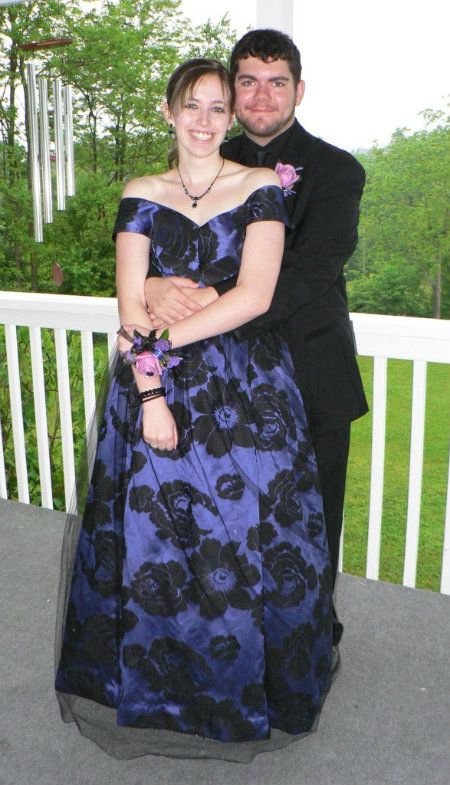
So prom was a lot of fun! I went with like 8 people to this hibachi restaurant beforehand.
Hopefully I can get a post about my graduation dress up before too long!
-Madame Taylor
Posted by Taylor [It's a fine life!] at 10:46 AM 0 comments
Labels: commissions, dresses, finished projects, formal wear, historical, modern clothing
New Additions on Colonial Williamsburg!
Friday, February 24, 2012
The Colonial Williamsburg Museum has added a lot more things to their online collection!
Posted by Taylor [It's a fine life!] at 1:49 PM 0 comments
Labels: 18th Century, costume, historical, links, online collections
Finally: The Finished Stays
Sunday, February 19, 2012
Really they've been finished for months, but we just got a good-enough computer that could have pictures put on it. So without further ado, here are the stays (and a psuedo-historical halloween costume):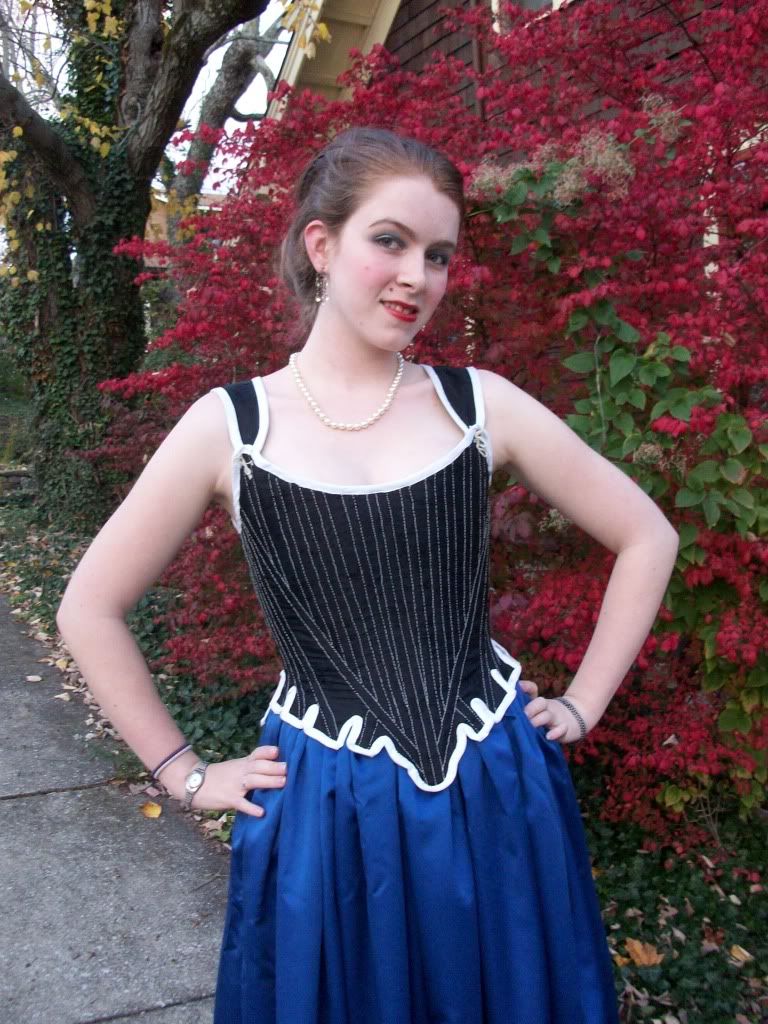
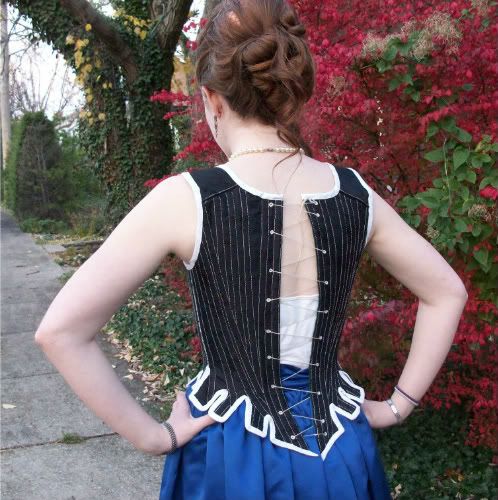
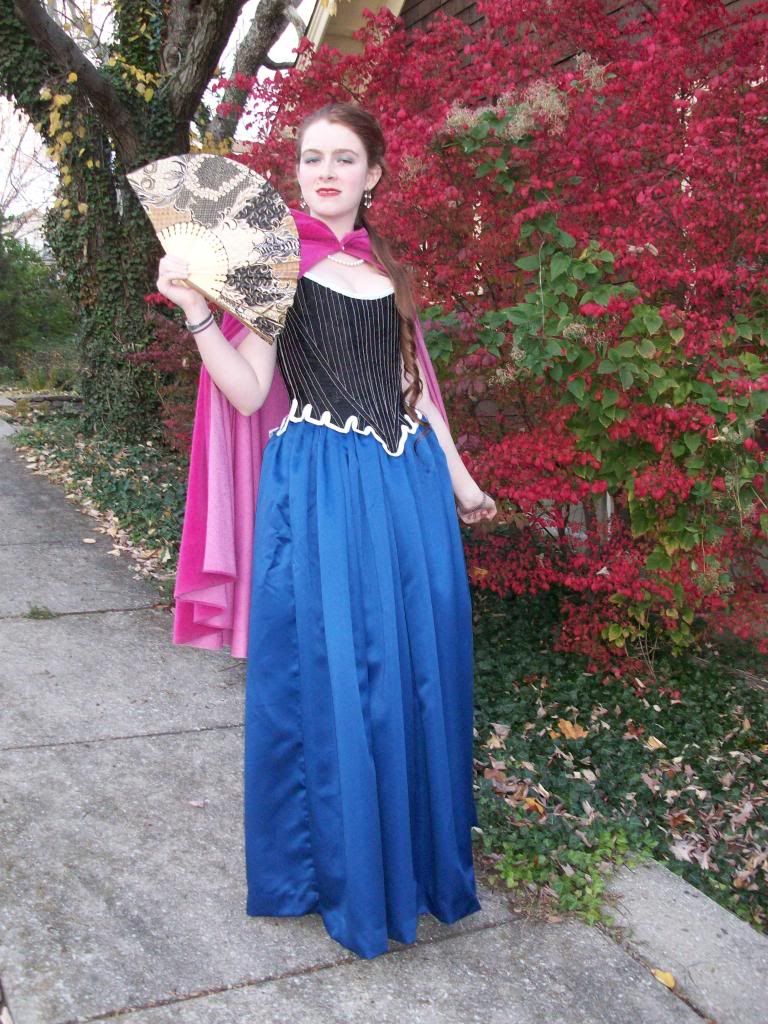
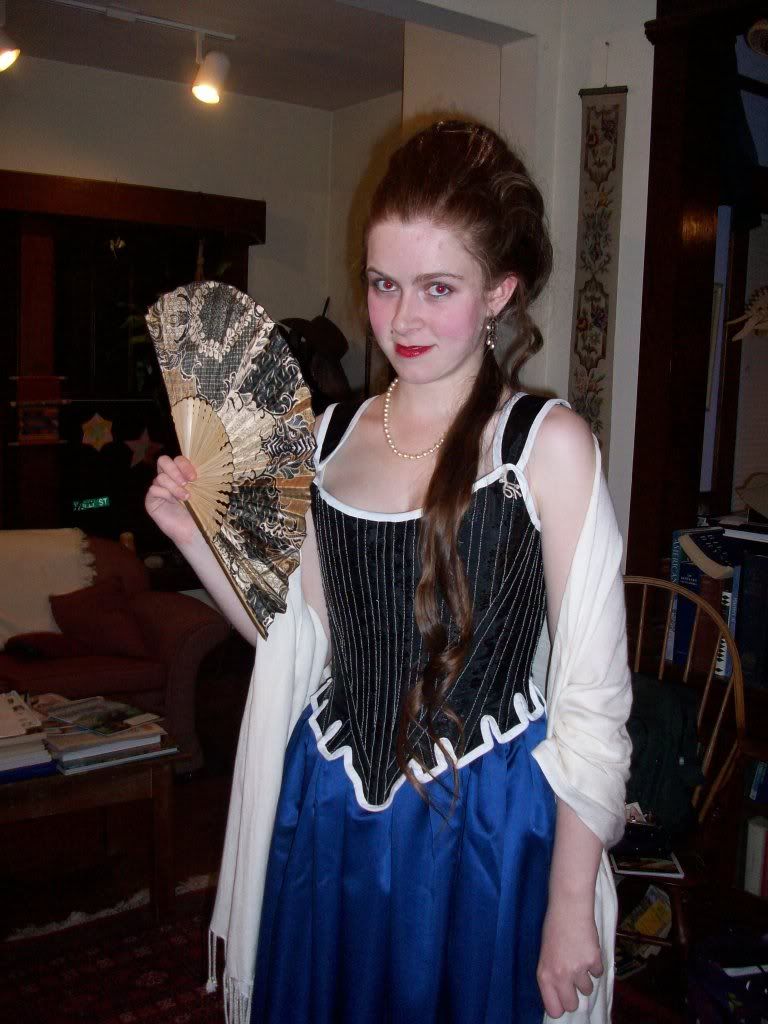
Entirely handsewn, boned with heavy-duty zip ties. Outer layer of some sort of taffeta, middle two layers of linen, inside layer of an old sheet. But what a lovely shape they give me!
Posted by Taylor [It's a fine life!] at 12:07 PM 0 comments
Labels: 18th Century, corsets, costume, finished projects, historical, stays, undergarments
The Stays
Friday, October 21, 2011
Actually, I've finished the stays. !!! I knowww!!!! But I haven't taken any pictures of them and I haven't posted these in-progress pics yet so I thought I would. Hopefully I can take some really awesome (read: not iPhone) pictures of them soon.
Posted by Taylor [It's a fine life!] at 6:42 PM 0 comments
Labels: 18th Century, Cinderella, corsets, costume, finished projects, historical, progress, stays, undergarments
18th Century Cottons
Wednesday, August 31, 2011
When making an 18th century dress (or any historical garment before the advent of synthetic fabrics) you have essentially four options: wool, silk, cotton, and linen. Of course, the most common of these today is cotton. But most cotton isn't appropriate for 18th century clothing because of the print. So what cotton prints are appropriate?
Posted by Taylor [It's a fine life!] at 3:15 PM 0 comments
Labels: 18th Century, articles, cotton, fabric love, historical
Progress on the 1/4 Scale Stays
Friday, August 5, 2011


Posted by Taylor [It's a fine life!] at 7:28 PM 0 comments
Labels: 18th Century, corsets, historical, miniature, progress, stays, undergarments

